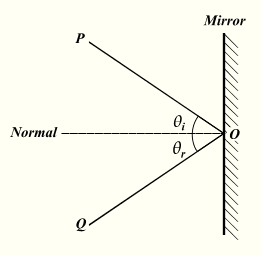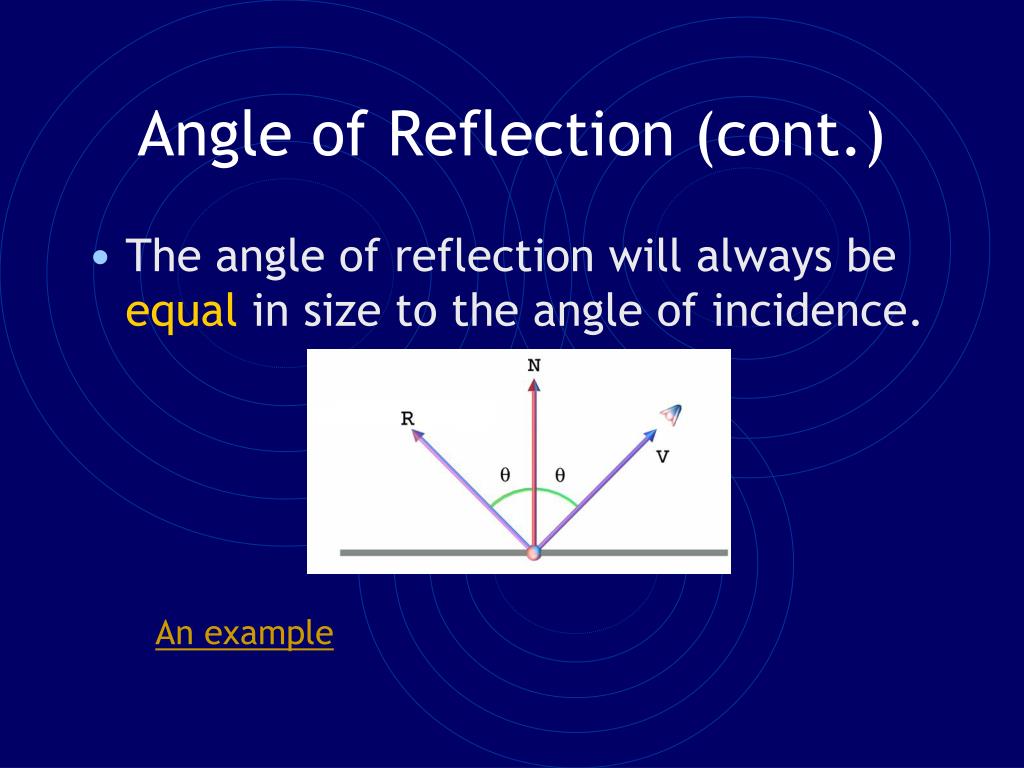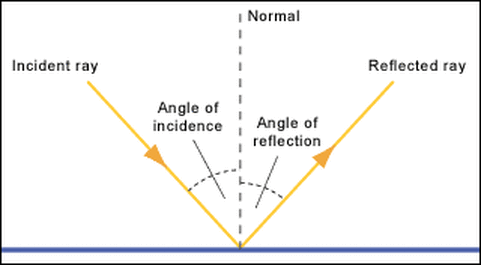

HDR is a great idea.working in conventional photography (with film) I learned several techniques to either contract or expand the range of a photo so the final print gives the maximum detail in both highlight and shadow areas. You might say that it's your idea of an artistic treatment but c'mon.who are you kidding? I can see the vivid thing helping out on an overcast day BUT there's usually an adjustment for the setting buried deep in your camera menus.I'd suggest that you experiment with the settings so that you get a photo that's adequately punched up but isn't frickin' 's unnatural and disturbing. Reason that I post today is to address the disturbing trend of people using the "vivid color" setting on their cameras or doing HDR treatments of subjects that don't need it.and that's most of them. I search under "architecture" and am always surprised at how off-topic so many of the posted photos are.sorry, mate.a photo of your girlfriend in a slip doesn't constitute architecture no matter how well she's built.I never search under "titties" but I wonder if there are pictures of buildings in there. Just looking at a few random posts of photos on Flickr. It's one thing to replace a sky with a more typical sky that helps keep the tonal balance of a shot but I have reservations about replacing a sky with some incredible, dramatic sky that makes the whole thing look like it was shot on another planet. I jigger things in digital black and white but I do it to make it look like something that I would have done in camera and in the darkroom by choosing the film stock, development time and contrast choices.that seems fair because it's what I would have done with film.but all this color manipulation seems like you're doing an illustration and not a true photographic representation of the scene. But I hate doing it because it's not an accurate representation of the actual scene. I've done this with digital myself, making really bland industrial landscapes look like frickin' backgrounds for Wagner's Ring Cycle.suddenly glowing and majestic. You can jigger things in all kinds of unreal ways. It explains why you can see a clear image of yourself in a shiny flat mirror, but not in a dull rough wall.So along comes digital and all the rules are off. Instead, the light is reflected in all directions.

However, the different parts of the rough surface point in different directions, so the light is not all reflected in one direction. If light meets a rough surface, each ray obeys the law of reflection. The reflection of light from a flat surface such as a mirror is called specular reflection – light meeting the surface in one direction is all reflected in one direction. In the second example, if a light ray travelling along the normal hits a mirror, it is reflected straight back the way it came. the angle of reflection is 90° if the angle of incidence is 90°.

the angle of reflection is 30° if the angle of incidence is 30°.The law of reflection states that the angle of incidence equals the angle of reflection, i = r. the angle of reflection, r, is the angle between the normal and reflected ray.the angle of incidence, i, is the angle between the normal and incident ray.the dashed line is called the normal, drawn at 90° to the surface of the mirror.the hatched vertical line on the right represents the mirror.

the reflected ray is the light coming away from the mirror.the incident ray is the light going towards the mirror.When light reaches a mirror, it reflects off the surface of the mirror: Remember to use a ruler and a sharp pencil. with an arrowhead pointing in the direction that the light travels.A ray diagram shows how light travels, including what happens when it reaches a surface.


 0 kommentar(er)
0 kommentar(er)
